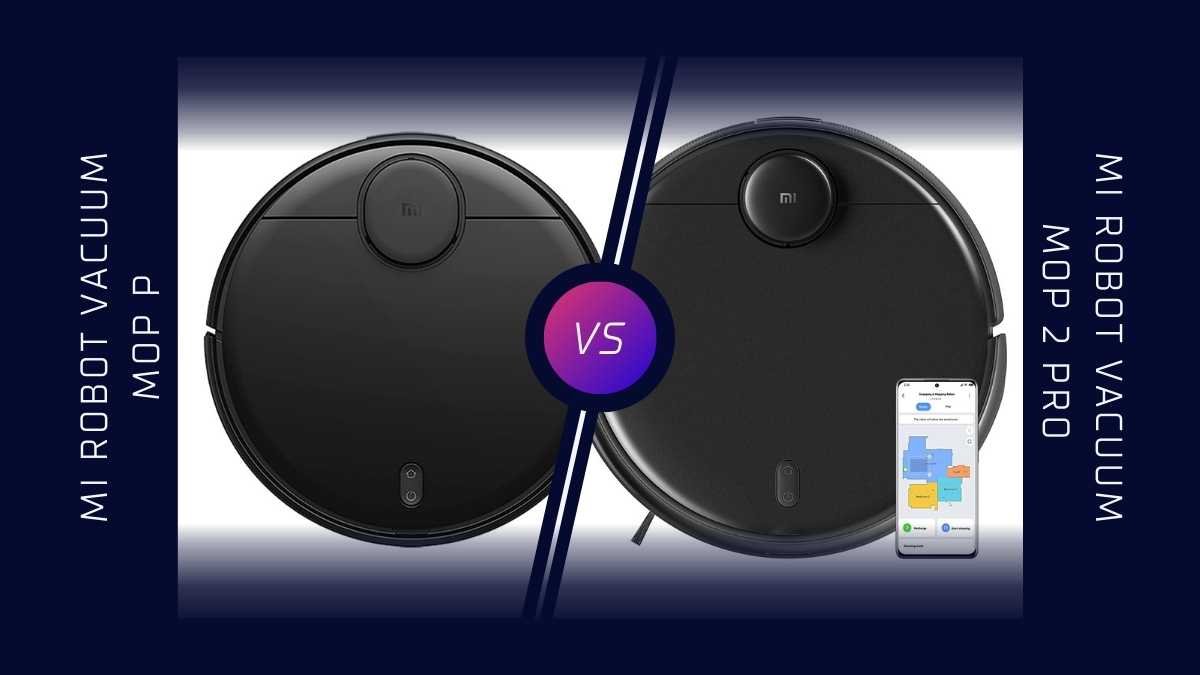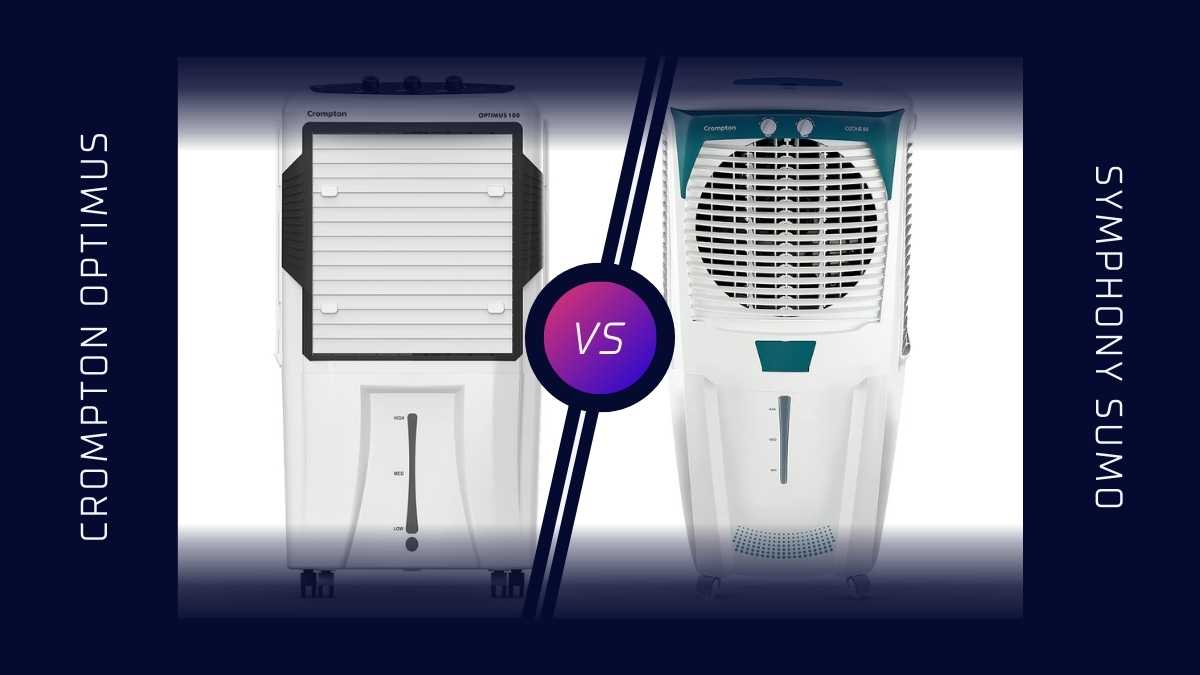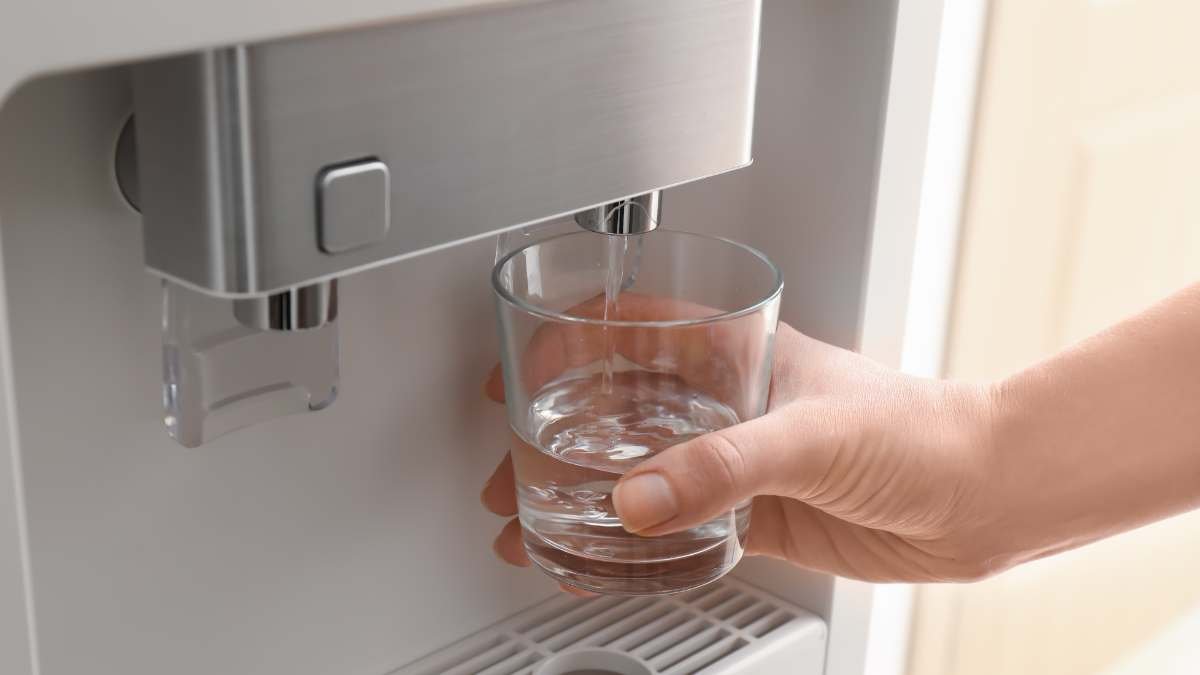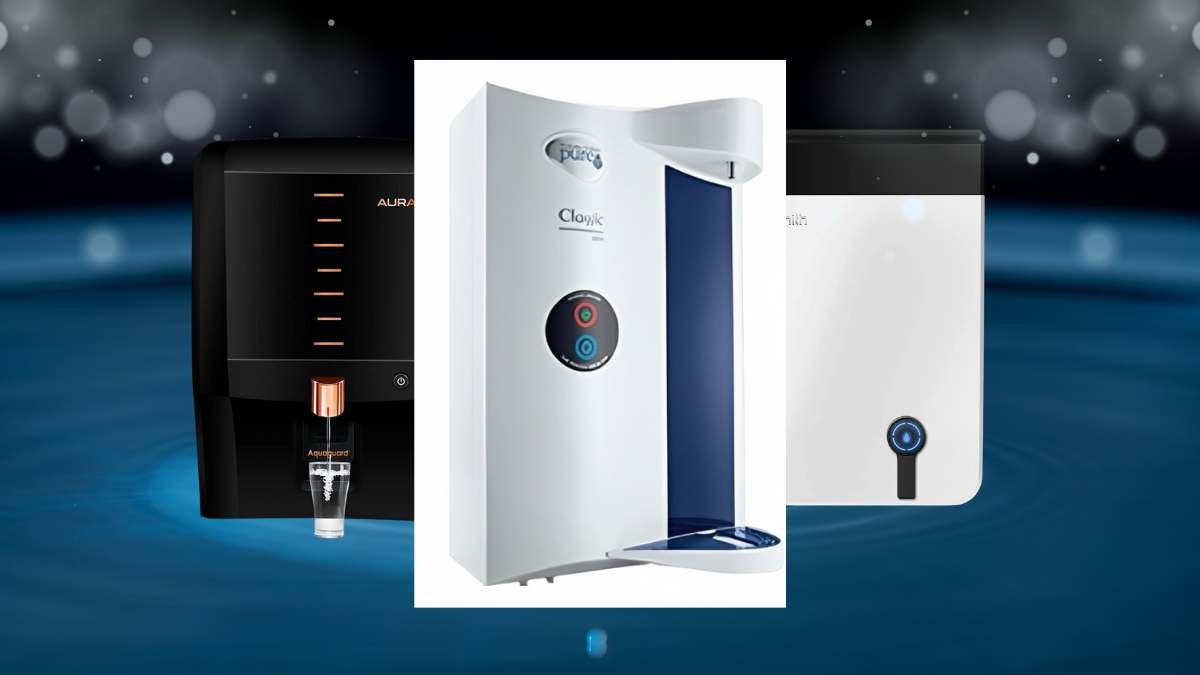
It is often tough to choose between an electric and a non-electric water purifier, as TDS and annual maintenance cost are highly essential in deciding.
We’ll compare electric and non-electric water purifiers using different parameters including the operational principle, efficiency, prices, functionality, and maintenance. Moreover, we will also provide all the information that you may need to help you choose between a non- electric and an electric water purifier for your home.
How Do Electric and Non-Electric Water Purifiers Work?
Non-electric water purifier and electric water purifier employ different purification technologies to filter contaminants and impurities from water. By understanding how each method works, we will be able to assess their benefits and limitations.
Multi-stage filtration in electric purifiers.
Electric purifiers use a multi-stage filtration system that combines different purification methods into one system:

- Reverse Osmosis (RO): Usually, this is the initial stage of an electric purifier. This is done by forcing water through a semi-permeable membrane under high pressure. It removes several dissolved impurities including microorganisms, minerals, metals, salts, pesticides, and pharmaceuticals. Pores of the membrane are too small to allow the passage of particles bigger than 0.0001 microns. Water passes through the RO membrane to become much cleaner.
- UV Purification: This is the second phase where water is passed through a UV chamber. Microorganisms such as bacteria, viruses, molds, and protozoa have their genetic materials destroyed by ultraviolet light, making them inactive. Microbes are prevented from reproducing by UV light destruction of their DNA and RNA. The UV chamber provides a physical and chemical-free method of killing pathogens.
- Activated Carbon Filtration: At this stage, water flows through a porous granulated activated carbon filter. Carbon absorbs a range of organic chemicals and compounds, including chlorine, benzene, pesticides, industrial chemicals, pharmaceuticals, and volatile organic compounds. Removal of these substances improves taste and odor through carbon filtration.
- Sediment Filtration: Finally, water passes through a sediment filter or particulate filter, which captures suspended particles such as dirt, rust, silt, and other particulate matter. This offers mechanical filtration for bigger impurities.

Non-electric purifiers and gravity filtration
In contrast, non-electric water purifiers rely on simple physical and chemical purification processes:
- Gravity Filtration: This is the major process in non-electric purifiers. Water is filtered through porous filter media such as sand, charcoal, ceramic, etc. The water is dragged through the media under the influence of gravity in a moderately slow manner, trapping microbes and particles within. It utilizes the natural down flow from water without the need for any electricity.
- Solar Disinfection: Other non-electric purifiers expose water to sunlight. The UV rays from the sun kill the microorganisms by damaging their DNA, thus making the microorganism not to replicate. They usually use a clear plastic bottle. It is a simple solar disinfection that improves water safety in low-tech conditions.

- Chemical Disinfection: Simple chemical additives like chlorine can bring about oxidation damage and interfere in the microbes activities. However, chlorine does not remove sediments or metals. Some models allow you to add chlorine tablets or solutions to water.
This table compares the purification methods at a glance:
| Feature | Electric Purifier | Non-Electric Purifier |
| Purification Technologies | RO, UV, carbon filter, sediment filter | Gravity filtration, solar disinfection, chemical disinfection |
| Process | Multi-stage using electricity | Single or dual simple process without electricity |
Purification Capacity Depends on Technology
The extent of contamination removal depends almost entirely on the purification technology used. More advanced technologies like RO and UV light can treat a much broader range of pollutants compared to basic mechanical filtration and chemical disinfection.

Electric purifiers incorporate the most sophisticated modern purification methods into one system. This allows for extremely thorough treatment rivaling large municipal water plants.
Non-electric purifiers are inherently limited by dependency on just physical filtration and chemicals. While these can remove some basic contaminants, they cannot match the purification capacity of electric systems.
When evaluating water purifiers, look closely at which technologies and methods are utilized. More stages and more advanced methods equate to greater purification potential.
Water Contaminants Removed by Each Type
Understanding which specific contaminants each type of purifier can remove is key to determining their suitability:
Broad Contaminant Removal with Electric Purifiers
Thanks to the combination of RO, UV, and multi-stage filtration, electric purifiers can remove a very wide range of both particulate and dissolved contaminants:
- Viruses including hepatitis A, rotavirus, norovirus and others are removed through the RO membrane and destroyed by UV exposure.
- Bacteria like E. coli, salmonella, listeria and campylobacter are physically blocked by the RO membrane and also inactivated by UV rays.
- Protozoa such as cryptosporidium, giardia, and entamoeba are efficiently removed by both RO filtration and UV radiation.
- Heavy metals like lead, mercury, arsenic, cadmium, chromium, and nickel are filtered out by the RO membrane.
- Salts including sodium, calcium, magnesium, and potassium are reduced through RO to soften hard water.
- Pesticides, pharmaceuticals, hormones are removed as the small molecules are blocked by the RO membrane.
- Sediments, particulates are mechanically trapped by sediment filters.
In summary, electric purifiers using RO, UV, and multi-stage filtration can effectively remove viruses, bacteria, parasites, metals, salts, chemicals, particulates, and other drinking water contaminants.
Particulates and Some Pathogens Removed by Non-Electric
In contrast, the simple processes in non-electric purifiers have significant limitations:
- Viruses are generally NOT removed by gravity filters or chlorine. Viruses are too small to be mechanically trapped.
- Bacteria are removed reasonably well through gravity filtration,solar disinfection, and chlorine disinfection. But chemical-resistant bacteria may persist.
- Protozoa are partially removed through gravity filtration since they are larger organisms. But some may bypass filters.
- Heavy metals are NOT removed by non-electric methods. Metals pass right through gravity filters.
- Salts, pesticides, pharmaceuticals are also NOT removed by these simple processes. They remain dissolved in water.
- Sediments are partially filtered by gravity flow through porous media. But very small particles may pass through.
In summary, non-electric models are moderately effective at removing protozoa and bacteria, but cannot remove viruses, metals, and dissolved chemicals. Their limitation is the dependency on just physical straining and chemical additives.
This table compares the contaminant removal ability:
| Contaminants | Electric Purifier | Non-Electric Purifier |
| Viruses | Yes | Limited |
| Bacteria | Yes | Yes |
| Protozoa | Yes | Yes |
| Heavy Metals | Yes | No |
| Salts | Yes | No |
| Pesticides | Yes | No |
Choosing Purification Level Based on Water Source
The effectiveness of a purifier should be matched to the level of contamination in the water source. For heavily contaminated sources like river water, an electric purifier with broad contaminant removal is likely the only safe choice. For cleaner municipal tap water, a non-electric purifier may suffice in some circumstances.
Consider if your water contains:
- Viruses, heavy metals, pesticides, pharmaceuticals – Requires electric purifier
- Mainly particulates and protozoa – Non-electric may work if water quality is otherwise good
Analysing the specific contaminants in your water will clarify the purification needs. Testing can check for coliform bacteria, viruses, lead, arsenic and other contaminants to identify the highest risks.
Matching robust electric purification technologies to contaminated water ensures all health threats are neutralized. For cleaner water, simple gravity filtration can potentially provide adequate treatment.
Maintenance and Convenience
Maintenance requirements and convenience of use are where electric and non-electric purifiers have significant differences:
Electric Purifiers Require Maintenance
The advanced filtration systems used in electric purifiers have some maintenance needs:
- Electricity is of course required to operate the pump, UV lamp, and other components. Purifiers need to be installed in a kitchen or other location with an electrical outlet. An uninterruptible power supply can provide backup power during outages.
- Filter replacement is necessary approximately every 6-12 months for the sediment, carbon, and RO filters based on water usage and quality. UV lamps may need replacing annually as well. Replacement filters and lamps can cost ₹300-1200 each time which adds up long-term.
- Annual maintenance by a technician is recommended to inspect the RO membrane, UV lamp, pump, and confirm proper wattage, water production rate, and removal efficiency. Well maintained systems will have greater longevity.
- Scheduled sanitization procedures should be performed every 3-6 months. This involves flushing the system with sanitizers to prevent biofouling of filters and ensure water safety.
While electric purifiers require more maintenance, their sophisticated filtration systems also mean the purified water quality is exceptional and consistent. Proper maintenance helps optimize performance and prevent failures.
Non-Electric Purifiers Are Lower Maintenance
In contrast, non-electric water purifiers have minimal maintenance needs:
- No electricity is required, so they can be used anywhere water is available. This makes them highly convenient and portable.
- No filters to replace since they utilize gravity flow rather than forced filtration. However, some models have filter media like sand or activated carbon that may need occasional replacement or cleaning.
- Simple cleaning may be required depending on water conditions. Slow flow rates indicate the need to clean inlet screens, flush lines, and scrub filter housings. But overall cleaning frequency is low.
- Durability is high with simple gravity flow plastic housings and no moving parts or electronics. With basic care, systems can last 5-10 years.
- No professional maintenance is typically needed. Users can perform any required cleaning and part replacement easily.
The minimal maintenance of non-electric purifiers makes them ideal for intermittent, portable or emergency use where convenience is valued over maximum water purification. But consistency may be lower than multi-stage electric systems.
Here’s a maintenance and convenience comparison:
| Factor | Electric Purifier | Non-Electric Purifier |
| Electricity Required | Yes | No |
| Filter Replacement | Every 6-12 months | Not required |
| Professional Maintenance | Recommended annually | Not required |
| Ease of Use | Turn on and use | May require priming/cleaning |
| Durability | 5-10 years | Often 10+ years |
Cost Differences
A major point of comparison between electric and non-electric water purifiers is the cost both upfront and over time:
Electric Purifiers Have Higher Upfront Cost
Electric water purifiers have a substantially higher purchase price compared to basic non-electric models:
- Entry-level electric purifiers start around ₹6000 but only include basic sediment and carbon filtration.
- Mid-range models with RO and UV run ₹6,000-12,000. These provide thorough purification for most homes.
- High-end electric purifiers with large tanks, fast flow rates, and multiple filters can cost ₹12,000-25,000. They are overkill for most residential needs.
- Replacement filters and lamps add ₹12,00- 2,500 in annual costs for models with RO and UV.
The higher upfront investment provides superior water purification across many contaminants, but is a barrier for consumers on tight budgets.
Non-Electric Purifiers Are More Affordable Upfront
For those with limited means looking for a basic purifier, non-electric models offer an affordable option:
- Primitive sediment-only models can cost as little as ₹1,200. But they provide only minimal purification.
- Better gravity filters with activated carbon start around ₹1,600 for countertop units.
- Gravity-fed purifiers with chemical disinfection run ₹3,500- 6000 depending on housing size.
- Replacement parts are inexpensive – just filter media or consumables like chlorine tablets.
While limited in removal capabilities, non-electric purifiers make purified water accessible to those unable to afford advanced electric systems. The lower upfront cost improves affordability.
Total Cost Comparison over Time
Over an extended timeframe however, non-electric purifiers end up being less expensive:
- The higher upfront cost of electric purifiers means it takes many years to recoup the difference through lower operating costs.
- Replacement filters for electric purifiers can cost ₹3,500 – 5,000 per year, plus electricity costs.
- Non-electric purifiers essentially just incur the low initial purchase price.
- Over 10 years, a basic non-electric purifier may cost just ₹8,000 total.
- An advanced electric purifier with UV and RO can accumulate ₹25,000+ in costs over 10 years when factoring in filter replacements.
Here is a comparison of total lifetime costs over 10 years:
| Purifier Type | Upfront Cost | 10 Year Filter + Electricity Cost | Total 10 Year Cost |
| Basic Electric | ₹6,000 | ₹25,000 | ₹31,000 |
| High-End Electric | ₹12,000 | ₹35,000 | ₹47,000 |
| Non-Electric | ₹1,600 | ₹8,000 | ₹9,600 |
Clearly, non-electric purifiers are significantly cheaper over the course of a decade, despite the higher initial investment for electric models. This makes non-electric purifiers the economical choice for long-term routine usage.

Specialized Applications and Uses
In addition to home use, electric and non-electric purifiers each have certain applications where they excel:
Electric Purifiers for home
Electric purifiers are ideal for community or public water dispensing applications:

- Robust construction and advanced controls allow high volume, continuous operation.
- Multi-stage purification ensures safe water even with variable source quality.
- Minimal contact with containers prevents recontamination.
- Reliable automation minimizes labor costs.
- Low per liter operating costs with high throughput.
Installing electric purification systems in kiosks provides affordable access to purified water for entire communities.
Non-Electric Purifiers for Travel
Purifiers that operate without electricity are uniquely suited for:

- Emergency kits – Unaffected by power outage, ideal for natural disasters
- Camping/hiking – Lightweight and mobile, no batteries required
- International travel – Provides clean water without electricity access
- Boats/RVs – Compact units integrate into tight spaces
Having a non-electric purification device ensures access to potable water when electrical sources are unavailable or intermittent. Gravity flow can literally be a lifesaver.
Matching Purifiers to Needs, Not Budgets
Ideally, the type of purifier used should be chosen based on actual purification needs and goals – not budget constraints.
Installing undersized or inadequate non-electric purifiers just to save money can be a false economy if health risks persist in water. And overspecified electric purifiers can be an unnecessary expense if water is already relatively clean.
Analyze the contaminants present, carefully consider needs versus costs, and evaluate options objectively. This helps ensure the optimal purification solution is adopted.
Additional Features and Enhancements
Beyond just methods of purification, water purifiers can offer convenience-enhancing features:
Electric Purifiers Offer Premium Features
With onboard electricity and microprocessor controls, electric purifiers can provide functionality like:
- Faucet integration – Dispenses purified water right from the sink faucet for convenience
- Tankless operation – Unlimited on-demand purification rather than holding tank
- Wi-Fi connectivity – Controls and monitors purification from a smartphone app
- Performance tracking – Displays stats like remaining filter life and total gallons treated
- Leak prevention – Senses leaks and automatically shuts down water flow
These premium features improve the user experience but result in higher system costs. They are primarily found in high-end electric purifier models.
Non-Electric Purifiers Focus on Simplicity
Alternatively, non-electric purifiers aim for simplicity and minimal moving parts:
- Gravity flow – Purified water dispenses from the attached tank, no pumps needed
- Tap attachment – Faucet mount attaches to taps for quick access without installation
- Manual controls – Flow rate is controlled by a simple on/off valve
- Durable materials – Made from shatterproof plastics that won’t degrade in sunlight
- Portability – Compact size and no electricity makes them easy to transport
While lacking fancy features, non-electric purifiers provide purified water with fuss-free, low-cost designs focused on reliability.
Ultimately, consider which features would provide the most benefit rather than choosing based on technology alone. A simpler gravity purifier may meet needs perfectly fine for some households.
Final Recommendations
After reviewing the comparisons across all factors discussed, what final recommendations can be made about choosing electric versus non-electric water purifiers?
Needs Assessment
The first step is honestly assessing your purification needs:
- What contaminants are present in your water supply? Do tests check for bacteria, heavy metals, pesticides, etc.
- What level of purification do you desire? Is the goal to just reduce particulates or fully disinfect all microbes?
- How potable and safe is your municipal water supply? Tap water quality varies greatly by region.
- Is electricity reliably available to power an electric purifier? How about during outages?
Take time to analyze your specific situation. This will determine whether advanced electric purification is truly needed or not.
Consider Lifetime Costs
While electric purifiers have higher upfront costs, they may save money long-term:
- Cheaper non-electric options often have lower flow rates and smaller capacities needing frequent refills.
- Inconvenience and time costs should be factored in for basic models requiring priming/cleaning.
- Family health impacts from inadequately treated water sources have lifetime costs.
A higher investment in an electric purifier often pays back over the years of dependable use and safety. Compare lifetime costs, not just initial sticker prices.
Purchase Models with Capacity to Spare
Don’t skimp when purchasing a water purifier. It’s better to have excess capacity you won’t use than insufficient purification.
For electric purifiers, choose one that can handle double your peak needs. This prevents inadequate flow rates if demand exceeds capacity. It allows for future growth too.
For non-electric purifiers, buy a larger tank size than the minimum required. This reduced how frequently refills are needed.
Investing in a slightly oversized system reduces frustrations and ensures your purification needs will be met.






